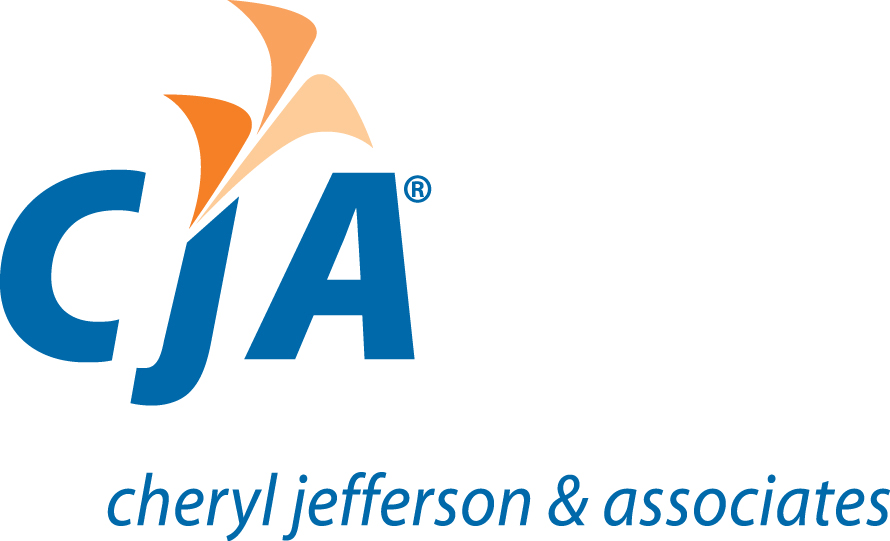Top 5 failures in a Preaward Survey
Part 2 of 2-part series
In part 1 of this series, we identified the top 5 epic fails of the preaward survey as involving the labor distribution, policies and procedures, generally accepted accounting principles (GAAP), segregation of costs, and indirect cost rates.
We discussed labor distribution and policies and procedures in the last article.
Here are the next three fails:
GAAP financial reporting
Question #1 on SF 1408 asks if the accounting system is in accordance with GAAP. In its simplest of forms, this means that the contractor is using the accrual basis of accounting and not the cash basis. This may require the expertise of a CPA, especially if you have bank or SBA requirements for reviewed or audited financial statements. Many new contractors operate on the cash basis of accounting because it is easier. However, the requirement to be able to record and bill cost incurred, means that expenses are being “accrued” on the books even if they have not been paid.
The accrual basis also helps to even out indirect cost rates over the course of the fiscal year. Otherwise, with the cash basis, rates would spike at year end when most businesses are trying to reduce taxable income. This hinders the contractor’s ability to monitor indirect cost rates and manage over-billing the government.
Segregation of Costs
There are at least 7 questions on the preaward survey about how costs are recorded and tracked. FAR 31.2 – Contracts with Commercial Organizations is the meat of the regulations regarding cost identification and segregation.
Most important is segregating direct costs of contracts versus indirect costs of contracts. For many contractors this is fairly straightforward. The lines tend to blur when indirect costs need to be segregated into better defined cost pools. Contractors do not always classify indirect costs based on cost benefit analysis. They may not evaluate whether the expense benefits the contracts indirectly (i.e. overhead) or if the expense will occur without contracts in existence (i.e. G&A).
Unallowable expense classification is a primary target of government auditors as well. The preaward survey assesses whether you are excluding unallowable costs from the amounts charged to the government. These expenses may increase the costs of the contractor, but their exclusion, reduces the indirect cost rate billed to the government.
Indirect Cost Rates
One requirement for passing the preaward survey is that the contractor has the ability to determine indirect cost rates on a monthly basis. This is feasible by having the other features mentioned in this article in place, such as accounting in accordance with GAAP and proper cost segregation.
Contractors need to have the ability to monitor indirect cost rates. A deficiency in the accounting system results when the contractor cannot proactively ensure that costs billed do not exceed limitations placed in the contract.
If the contractor does not have the ability to monitor indirect cost rates, it is unlikely they have sufficient procedures to project future indirect cost rates, in which to use in billing the government (progress payments).
The Passing Measure
Overall, the point of the preaward survey is to ensure the contractor has “an accounting system designed and records maintained in such a manner that adequate, reliable data is developed”. To pass, the auditor must deem the system acceptable for accumulating costs under a government contract. Passing the preaward survey requires a comprehensive understanding of GAAP financial reporting, job costing, and government regulations. If you have failed your preaward survey or don’t want to have an epic fail, CJA is here to help.
Contributed by Cheryl Jefferson Cooke, CPA/CFF

